Search Images
Browse Content (p. 1131)
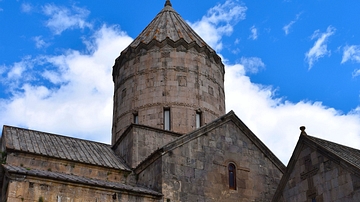
Image
Exterior of Church of St. Pogos and Petros at Tatev Monastery
This is the exterior of the Church of St. Pogos and Petros at Tatev Monastery in Armenia. This church dates from the end of the 9th century CE. It was reconstructed several times over the centuries due to earthquakes.
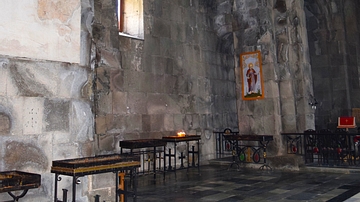
Image
Interior of Church of St. Pogos and Petros at Tatev Monastery
This is a glimpse of the interior of the Church of St. Pogos and Petros at Tatev Monastery in Armenia. This church dates from the end of the 9th century CE. It was reconstructed several times over the centuries due to earthquakes.
![Hannibal Barca [Artist's Impression]](https://www.worldhistory.org/img/c/p/360x202/8476.jpg?v=1746511924)
Image
Hannibal Barca [Artist's Impression]
Artist's impression of what Hannibal Barca might have looked like, as depicted in the computer game Total War: ARENA.
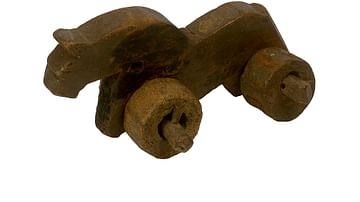
Image
Byzantine Toy Horse
This wooden toy horse dates to the 4th to 5th century CE. Measures 14 cm in length. Photo © Bibliotheca Alexandrina Antiquities Museum/Photo by Emad Omar. Used by permission.
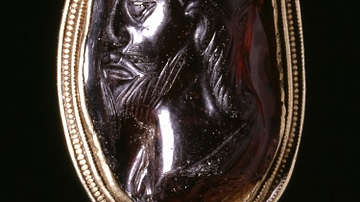
Image
Byzantine Pendant from Ewell, England
Known as the Ewell Pendant, this piece was made in the late 7th century CE in the Mediterranean. It features a bearded man wearing a phrygian cap. Made of gold and garnet. Measures 32 x 21.5 x 9 mm. Found in Ewell, England (British Museum...
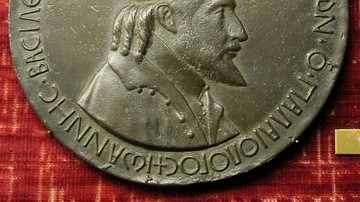
Image
Byzantine Hat Worn by John VIII
This medal depicts John VIII Palaeologus during his visit to Ferrara in 1438 CE, as drawn by Pisanello. Extravagant hats were popular among Byzantine Royalty.
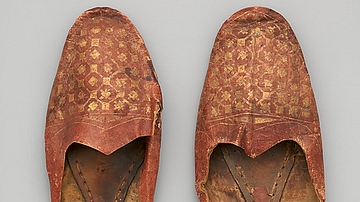
Image
Byzantine Egyptian Shoes
Dating between the 4th-7th centuries CE, these shoes feature gilded leather. Found near Panopolis (now Akhmim, Egypt). They measure 23.5 cm in length (Metropolitan Museum of Art, New York).
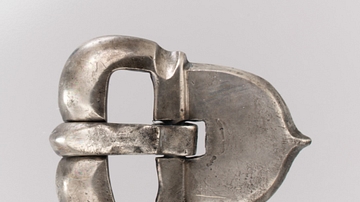
Image
Byzantine Shoe Buckle
This shoe buckle, made of silver, dates to the 7th century CE. Measures 23 x 29 x 8 mm (Metropolitan Museum of Art, New York).
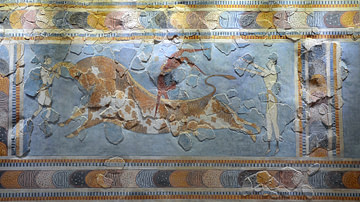
Image
Minoan Bull-leaping Fresco
Minoan fresco depicting a bull leaping scene, found in Knossos, 1600-1400 BCE. Heraklion Archaeological Museum, Crete.

Image
King Solomon and the Hoopoe
Collection of poems (divan), King Solomon and the hoopoe who brought news from Queen Sheba, Walters Manuscript W.636, fol. 84a An illustrated copy of the collection of poems (Dīvān) by Shams al-Dīn Muḥammad Ḥāfiz al-Shīrāzī who flourished...